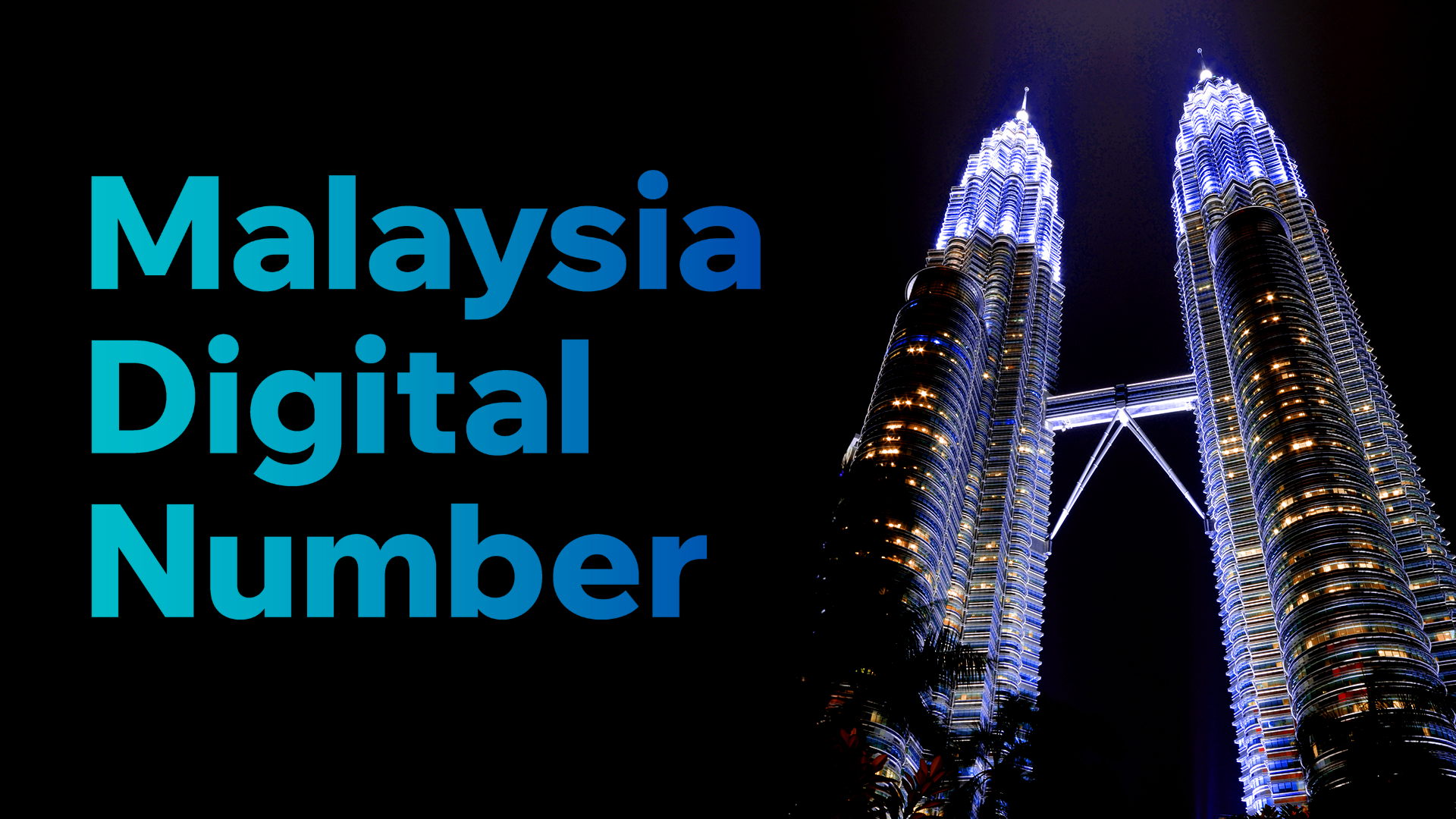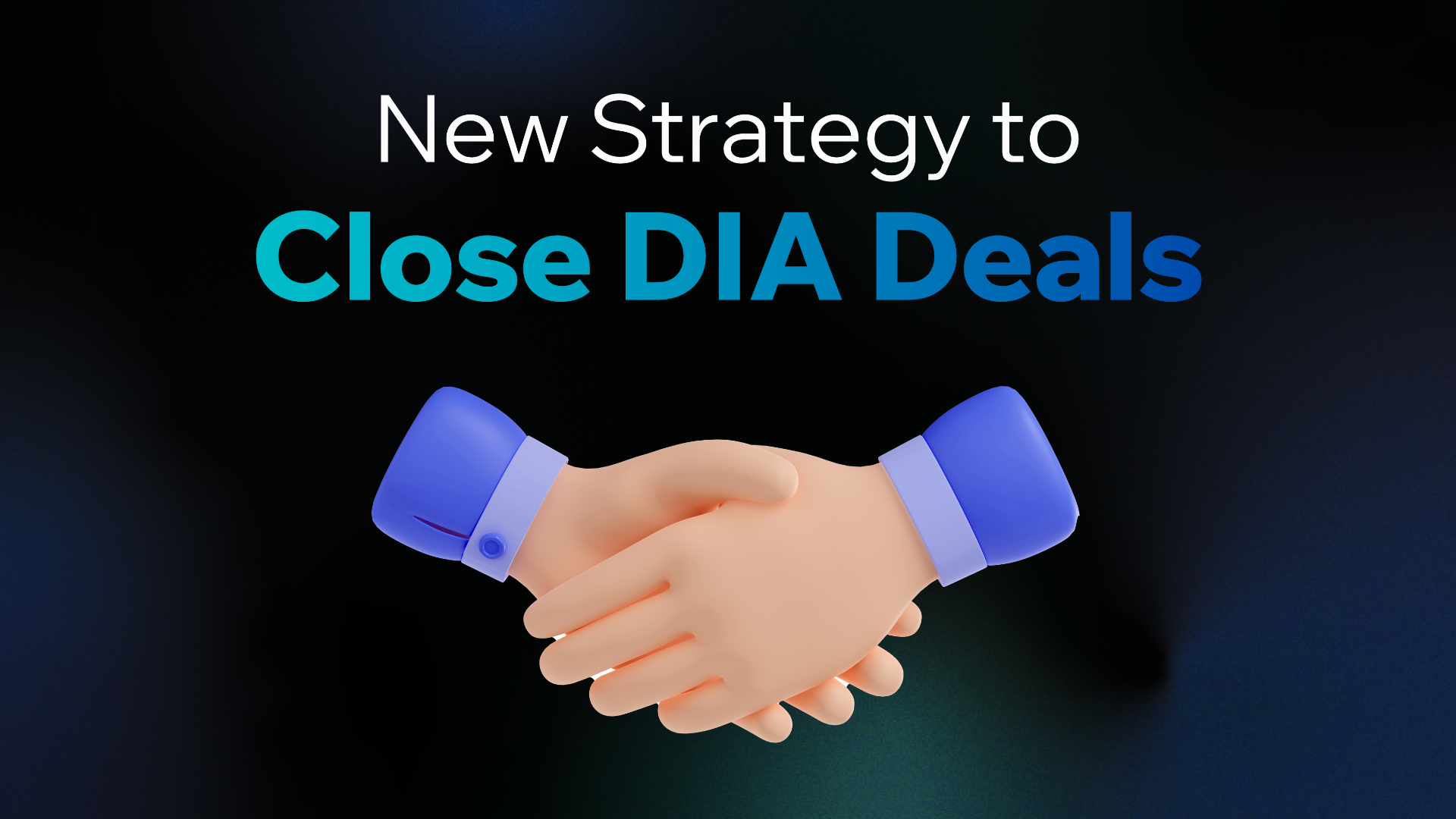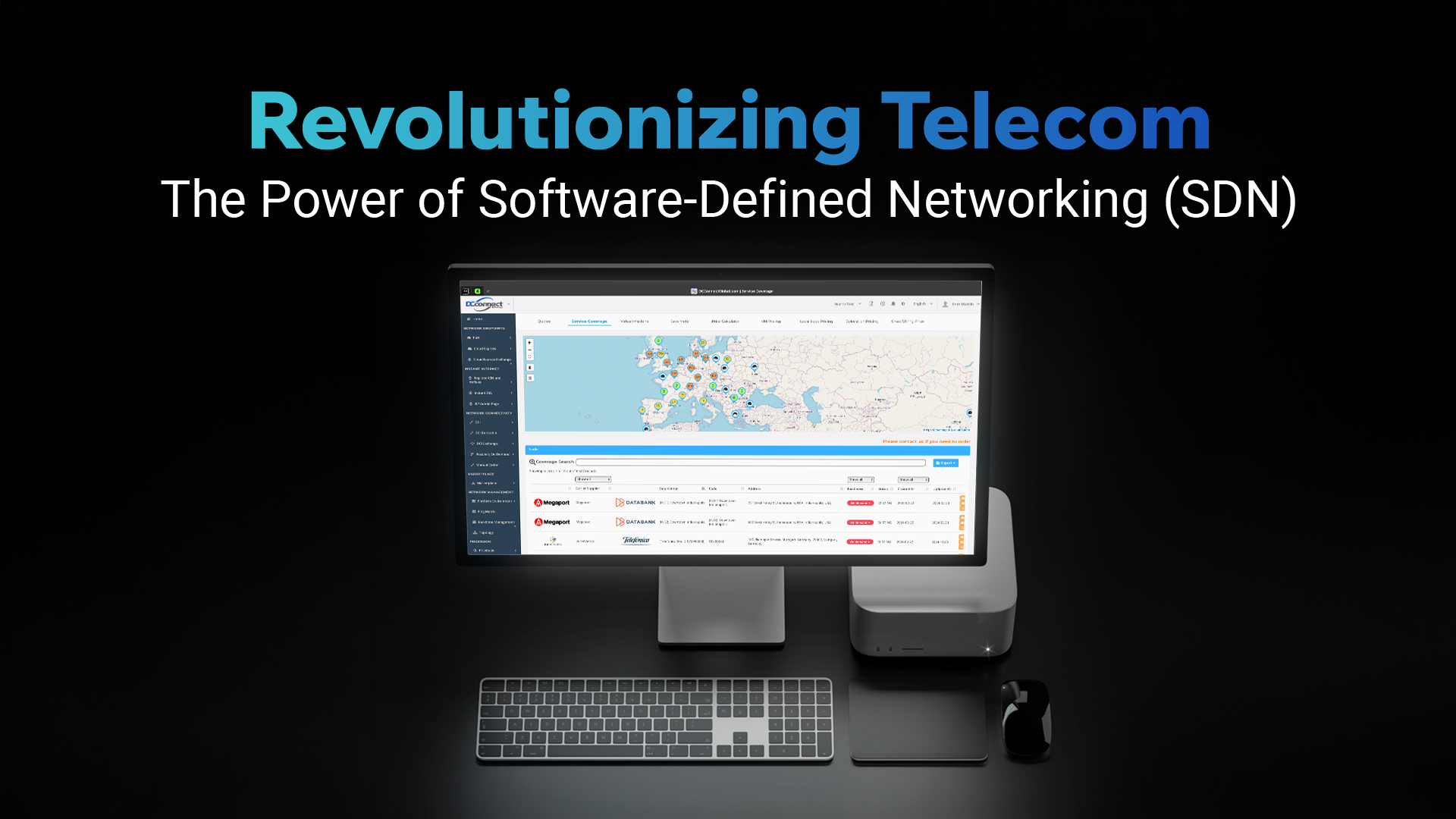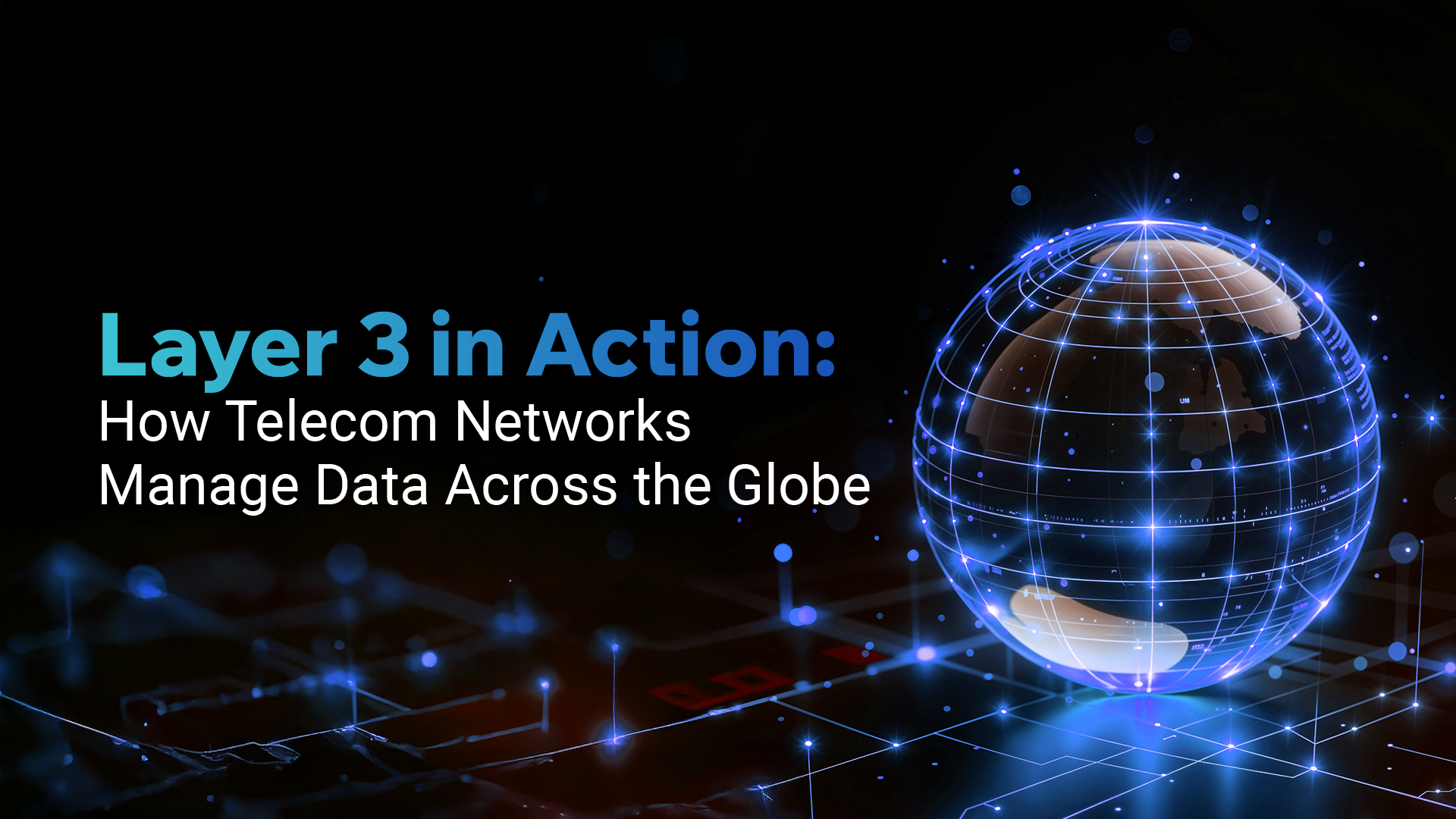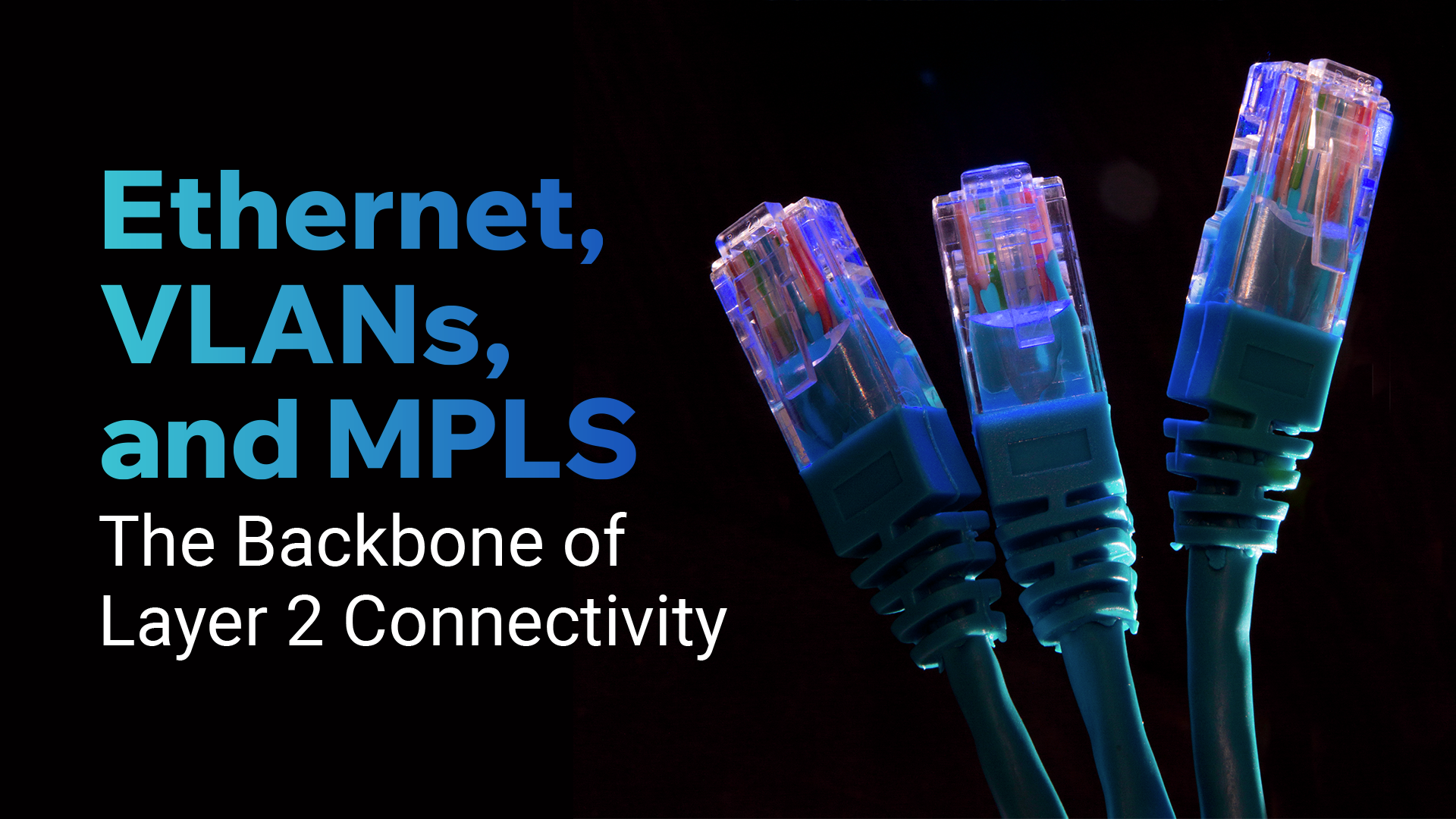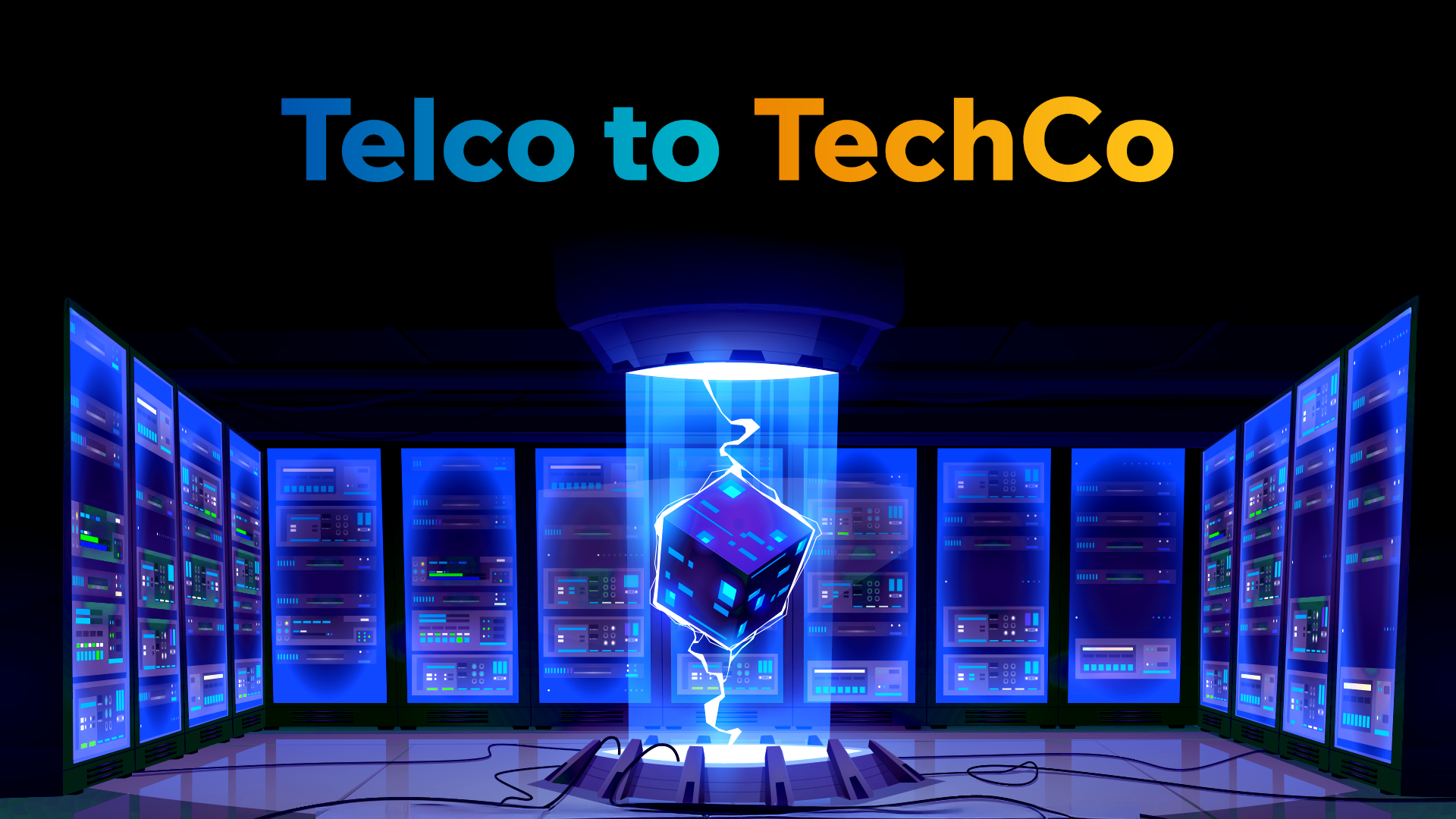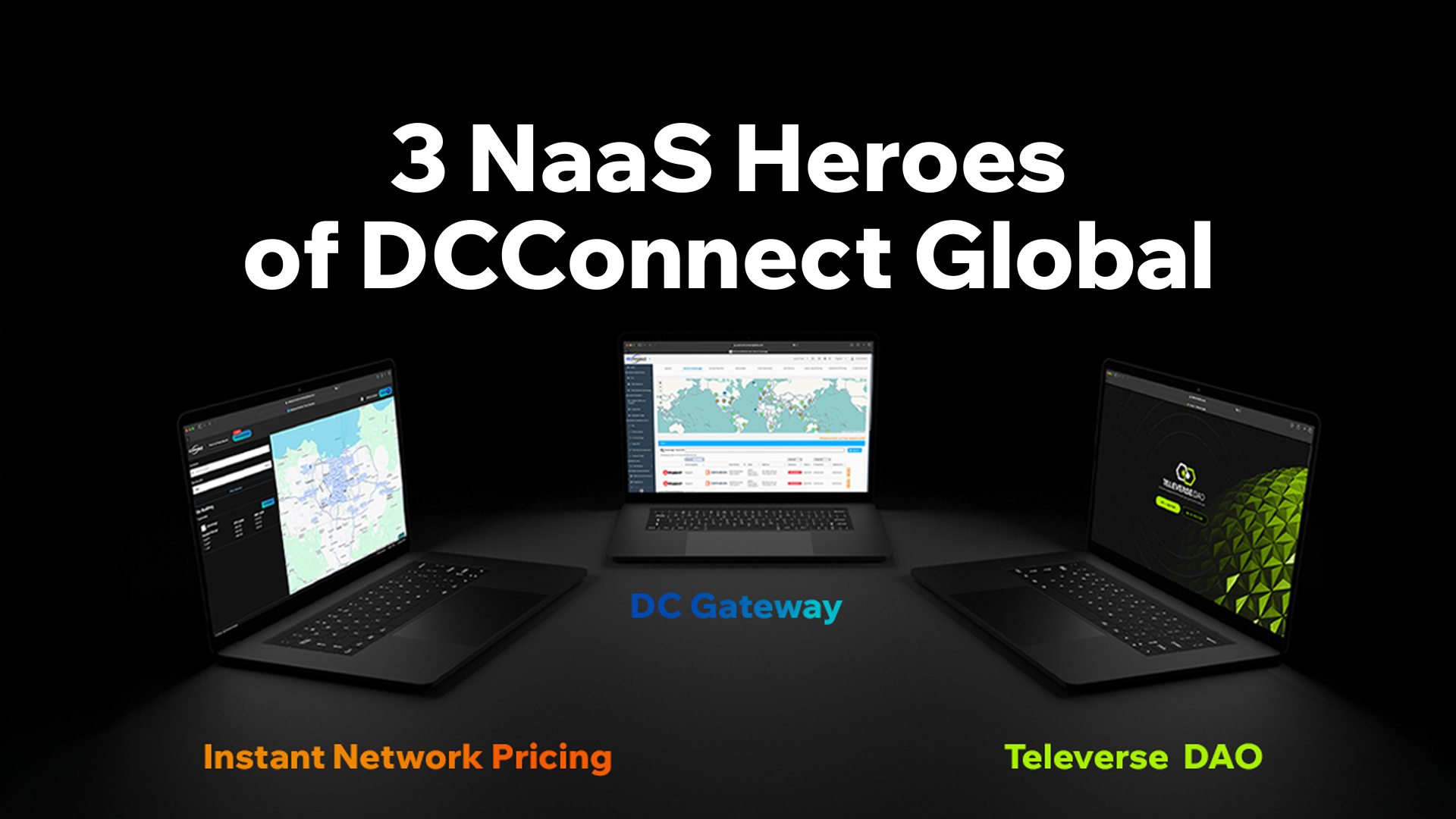Adapting to the Digital World The telecommunications industry is at a crossroads—a shift that’s gaining momentum by the day. The lines between Telecommunications Companies (Telcos) and Technology Companies (TechCos) are blurring, sparking a monumental transformation towards more tech-driven, agile business models. But what exactly is a TechCo ? And how can traditional telcos evolve to embrace this next-generation framework? At its core, a TechCo is a telecommunications company that is transforming into a tech-focused entity. This transition involves leveraging digital technologies, automation, data-driven strategies, and client-centric innovations to offer more than just connectivity. TechCos provide value-added digital services , focusing on the changing needs of consumers and businesses in today’s hyper-connected world. In this blog, we’ll dive deep into the characteristics of a TechCo , the vital role of next-gen solutions like NaaS , and how your telecommunications company can prepare for the shift in a landscape that demands agility, innovation, and customer focus. 2024 will be a pivotal year for traditional Telcos , as highlighted in a recent report by KPMG . The report shows that telcos are increasingly betting on the business-to-business (B2B) market for growth, since the residential market is becoming saturated. More importantly, the demand from businesses for cloud, digital, and automated services is skyrocketing. To remain relevant, telcos need to drastically evolve, innovate, and embrace the digital landscape . Those that successfully make the leap from telco to TechCo will emerge as leaders in sectors like smart cities, IoT, cloud, and network automation. So, what exactly makes a TechCo different from its traditional telco counterpart? Let’s explore the key characteristics of a successful TechCo transformation. 1. Client-Centric Approach In a world where customers expect instant, seamless experiences, Customer-Centricity plays a critical role in the TechCo model. Traditional telcos often focus primarily on network performance or pricing tiers. In contrast, a TechCo places customers at the heart of every decision. A TechCo sharpens its focus on personalized services, proactive support, and seamless digital experiences across every touchpoint. Through advanced data analytics, AI, and machine learning, businesses can gain deep insights into customer behavior, allowing them to offer highly customized, on-demand services that resonate with user needs. 2. Data-Driven Decision Making In the digital age, data is more than just an asset—it’s the lifeblood that fuels a successful TechCo. Modern TechCos are becoming masters at leveraging large volumes of data for strategic decision-making . This means using real-time data analytics to: 3. Automation-Focused If there is one thing that defines a TechCo’s operational strategy, it’s automation . From the introduction of cloud platforms to the deployment of AI-driven processes, automation is the key to driving efficiency, reducing manual errors, and cutting down operational costs . For telecom operators, automation can streamline network management and provisioning , accelerate time-to-market for new services, and enhance the overall customer experience. Automatic provisioning via Network as a Service (NaaS) , for example, allows customers to instantly scale their bandwidth or network configurations with a few clicks—no human intervention necessary. Tech-driven systems like AI-powered network monitoring , cloud orchestration , and advanced network optimization toolsmove telcos beyond traditional legacy systems to more scalable and resilient architectures. 4. Enhanced Digital Experiences As consumers and businesses alike become more reliant on digital interactions, delivering enhanced digital experiences is non-negotiable for any TechCo. This isn’t just about offering 5G or high-speed internet. In the TechCo model, the focus is on creating frictionless touchpoints, self-service portals, and highly interactive digital platforms that engage users in meaningful ways. What enhances these experiences? Having unified management platforms that allow users to manage their network, interact with customer support, and process billing all in a clean, intuitive digital interface. As consumers demand more seamless experiences, TechCos must excel by simplifying navigation and ensuring flawless user journeys—whether on mobile, web, or customer service portals. The Challenges of Becoming a TechCo While the transformation from a traditional telco to a tech-driven company offers significant advantages, the journey is not without challenges. Many telcos encounter barriers such as: However, those that embrace agility, prioritize innovation, and focus on customer needs are better positioned to succeed in this rapidly evolving environment. Entering realms such as IoT services , cloud hosting , and advanced data analytics requires a proactive approach to talent retention, tech adoption, and customer engagement strategies. Helping Telcos Transition with NaaS Solutions This is where we come in. Our Network as a Service (NaaS) solutions are built to facilitate the transformation from Telco to TechCo , streamlining many of the challenges that traditional telecom operators face stepping into the tech realm. With our scalable, cloud-driven architecture, we provide telcos with: Our three NaaS platforms are designed to enable your digital transformation , helping you stay competitive in a world that is rapidly shifting towards automated, customer-first models. By tapping into our expertise, your company will be well-equipped to lead the future of telecommunications and capture new digital opportunities. Author Biography: Rinesa Diola Audrina Senior Digital Marketing DCConnect Global
